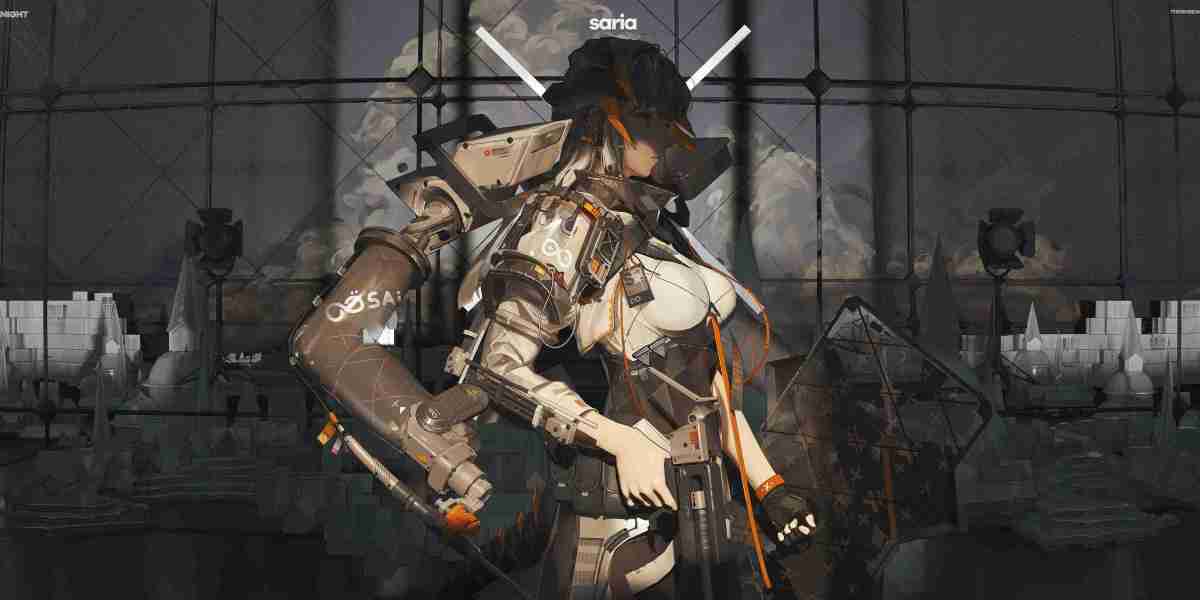In the world of 3D printing, unexpected challenges can arise at any moment. Understanding these 3D printing emergencies and knowing how to address them promptly is crucial for maintaining productivity and ensuring high-quality prints. This article will explore the top five emergencies you may encounter and provide effective solutions to resolve them swiftly.

1. Filament Jam
One of the most common 3D printing emergencies is a filament jam. This issue can occur due to various reasons, such as improper loading, moisture absorption, or a clogged nozzle. When a filament jam happens, it can halt your printing process and lead to wasted materials.
- Check the filament path for obstructions.
- Clean the nozzle using a needle or a specialized cleaning filament.
- Ensure that the filament is dry and stored properly.
2. Layer Separation
Layer separation, also known as delamination, occurs when the layers of a print do not adhere properly to one another. This can result from incorrect temperature settings, insufficient bed adhesion, or poor material quality. If you notice this issue, it is essential to act quickly to salvage your print.
- Adjust the nozzle and bed temperatures according to the filament specifications.
- Use a suitable adhesive on the print bed to enhance adhesion.
- Consider switching to a higher-quality filament if issues persist.
3. Warping
Warping is another prevalent issue in 3D printing emergencies. It occurs when the corners of a print lift off the bed, leading to an uneven or failed print. This problem is often exacerbated by rapid cooling or inadequate bed adhesion.
- Utilize a heated bed to maintain consistent temperatures.
- Employ a brim or raft in your slicer settings to improve adhesion.
- Ensure that the print environment is draft-free to minimize temperature fluctuations.
4. Print Head Misalignment
Misalignment of the print head can lead to inaccurate prints and wasted materials. This issue may arise from mechanical wear, improper calibration, or user error. If you suspect that your print head is misaligned, it is vital to recalibrate your printer.
- Perform a thorough calibration of the X, Y, and Z axes.
- Check for any loose screws or components that may affect alignment.
- Run a test print to verify that the alignment is correct.
5. Electrical Failures
Electrical failures can be particularly alarming among 3D printing emergencies. These issues may manifest as sudden shutdowns, erratic movements, or failure to respond to commands. Identifying the root cause is essential for a quick resolution.
- Inspect all wiring and connections for damage or wear.
- Reset the printer to its factory settings if necessary.
- Consult the manufacturer's support for guidance on troubleshooting.
Conclusion
Being prepared for 3D printing emergencies can save you time, materials, and frustration. By understanding the common issues and their solutions, you can ensure a smoother printing experience. Remember, regular maintenance and proper setup can significantly reduce the likelihood of these emergencies occurring in the first place.








